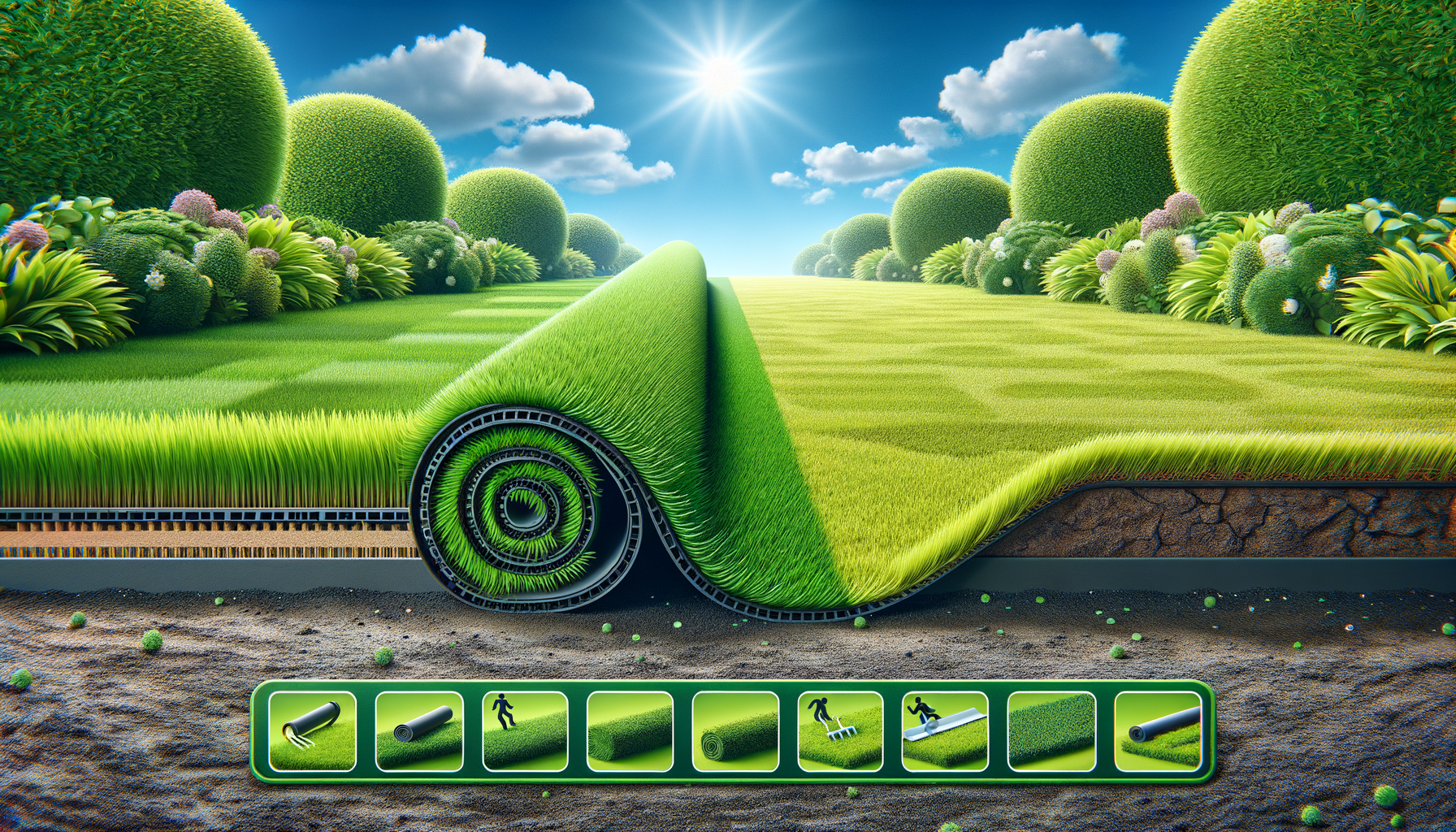Introduction to Artificial Grass
In recent years, artificial grass has gained popularity as a versatile and low-maintenance alternative to natural lawns. With advancements in technology, modern artificial turf closely mimics the appearance and feel of real grass, making it a practical choice for homeowners, businesses, and sports facilities. This article explores the benefits of artificial grass, how to install it, and compares it to real grass to help you make an informed decision.
Benefits of Artificial Grass
Artificial grass offers several advantages that make it an attractive option for various applications. Firstly, it requires minimal maintenance compared to natural grass. There’s no need for mowing, watering, or fertilizing, which can save both time and money. Additionally, artificial grass remains green and lush throughout the year, regardless of weather conditions.
Another benefit is its durability. Artificial turf is designed to withstand heavy foot traffic and adverse weather, making it ideal for sports fields and playgrounds. Furthermore, it is pet-friendly, as it does not develop muddy patches or bald spots. The surface is also designed to drain efficiently, reducing the risk of puddles and waterlogging.
- Low maintenance: no mowing, watering, or fertilizing
- Year-round greenery
- Durable and pet-friendly
- Efficient drainage
How to Install Artificial Grass
Installing artificial grass involves several key steps to ensure a smooth and long-lasting surface. Begin by preparing the area, which includes removing existing grass, debris, and rocks. Level the ground and install a weed barrier to prevent unwanted growth.
Next, lay a base of crushed stone or gravel to facilitate drainage and provide a stable foundation. Compact the base using a vibrating plate compactor. Roll out the artificial turf, ensuring the grain is facing the same direction for a uniform appearance. Trim the edges and secure the turf with landscaping nails or staples.
Finally, infill the turf with sand or rubber granules to weigh it down and keep the blades upright. Brush the surface to distribute the infill evenly and enjoy your new, maintenance-free lawn.
Artificial Grass vs. Real Grass
When comparing artificial grass to real grass, several factors come into play. While natural grass offers a soft, organic feel and supports local ecosystems, it requires significant upkeep, including regular mowing, watering, and fertilizing. In contrast, artificial grass provides a consistent appearance with minimal maintenance.
Artificial grass is also more resilient to wear and tear, making it suitable for high-traffic areas. However, it can become hot under direct sunlight, which might be uncomfortable during summer months. On the environmental front, while artificial turf reduces water usage, it does not support biodiversity in the same way natural grass does.
Ultimately, the choice between artificial and real grass depends on individual preferences and specific needs, such as budget, maintenance capacity, and environmental considerations.
Conclusion: Choosing the Right Grass for Your Needs
Artificial grass offers a practical and aesthetically pleasing solution for those seeking a low-maintenance lawn. Its benefits of durability, year-round greenery, and minimal upkeep make it a popular choice for many. However, it’s essential to weigh these advantages against the environmental impact and personal preferences when deciding between artificial and real grass. By considering your specific needs and circumstances, you can make an informed decision that enhances your outdoor space.




Leave a Reply